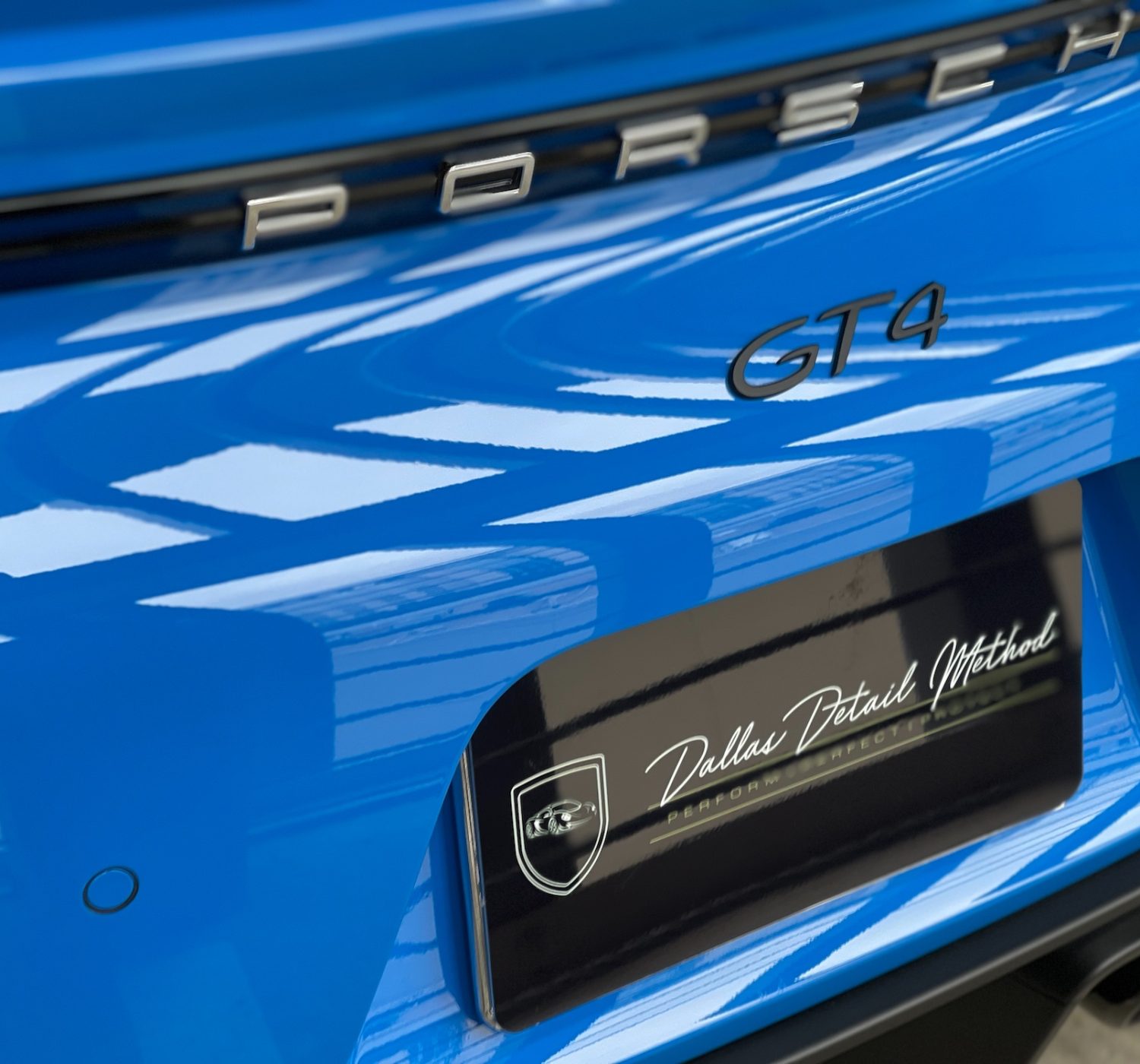
Paint correction is an essential service for maintaining and revitalizing a vehicle’s appearance, particularly in Dallas where the climate and dallas paint correction environmental conditions can be harsh on car exteriors. This guide explores the intricacies of paint correction, its benefits, and why it’s an important investment for car owners in Dallas.
Understanding Paint Correction
Paint correction is a detailing process aimed at removing imperfections from a vehicle’s paint surface. These imperfections, such as scratches, swirl marks, oxidation, and water spots, can detract from the car’s visual appeal and value. The process involves the meticulous removal of a thin layer of the clear coat—the top protective layer of the paint system—to reveal a smoother, more reflective surface underneath. This is achieved through a series of polishing stages using specialized compounds and machines.
In Dallas, where the intense sun and occasional severe weather can cause significant wear and tear on vehicles, paint correction becomes particularly valuable. The process begins with a thorough wash and decontamination of the vehicle’s surface to eliminate any dirt, grime, or pollutants that could affect the outcome. Following this, professionals use high-quality polishing equipment and compounds to address various paint defects. The correction process typically involves multiple stages, each designed to progressively refine the paint surface and restore its original clarity and shine.
The Paint Correction Process
- Initial Assessment: The first step in paint correction is a detailed assessment of the vehicle’s paint condition. Technicians inspect the paintwork to identify imperfections and determine the appropriate correction techniques. This evaluation helps in planning the process and selecting the right products and tools.
- Preparation: Once the assessment is complete, the vehicle is thoroughly washed and decontaminated. This step removes surface contaminants and ensures that the paint correction process is performed on a clean surface, minimizing the risk of introducing new defects.
- Polishing Stages: Paint correction typically involves several stages of polishing. The initial stage addresses deeper scratches and imperfections using coarser compounds. Subsequent stages use finer compounds to refine the surface and enhance the paint’s gloss. Technicians use specialized polishing machines to ensure even and effective correction.
- Inspection and Finishing: After the correction process, the paint is inspected to ensure all imperfections have been addressed. Any remaining defects are dealt with, and a final polish is applied to achieve a high-gloss finish. Protective treatments, such as ceramic coatings or sealants, may also be applied to safeguard the corrected paintwork and prolong its appearance.
Benefits of Paint Correction
- Enhanced Visual Appeal: The primary benefit of paint correction is the significant improvement in the vehicle’s appearance. By removing defects and restoring the paint’s original gloss, paint correction enhances the car’s visual appeal. This can make the vehicle look newer and more attractive.
- Increased Resale Value: For those looking to sell their vehicle, paint correction can be a worthwhile investment. A car with a well-maintained and pristine exterior will likely command a higher resale value. In a market like Dallas, where the condition of the vehicle’s exterior plays a crucial role in its selling price, a flawless paint job can help the car stand out to potential buyers.
- Long-Term Protection: Paint correction often includes the application of protective treatments, such as ceramic coatings or sealants. These products provide an additional layer of protection against environmental contaminants, UV rays, and harsh weather conditions. This helps to preserve the paintwork and maintain the vehicle’s appearance over time.
- Preservation of Vehicle Value: Regular paint correction as part of a comprehensive car care routine helps to prevent more severe damage. By addressing paint issues early and applying protective treatments, car owners can avoid costly repairs and maintain their vehicle’s value and condition.
Choosing the Right Paint Correction Service in Dallas
Selecting the right paint correction service in Dallas involves several key considerations. Look for a reputable provider with a track record of delivering high-quality results. Research customer reviews and testimonials to gauge the provider’s reputation and level of expertise. It’s also important to choose a company that uses high-quality products and advanced equipment to ensure the best possible outcome.
Many top paint correction specialists in Dallas offer consultations to assess your vehicle’s paint condition and provide tailored solutions. This initial assessment helps to determine the scope of work required and provides an estimate of the costs involved. It’s also important to inquire about the provider’s process, including the types of compounds and machines used, as well as any warranties or guarantees offered for their services.
Conclusion
Paint correction is a valuable service for vehicle owners in Dallas seeking to enhance and maintain their car’s appearance. By understanding the process and benefits of paint correction and selecting a reputable service provider, you can restore your vehicle’s shine and ensure it remains in excellent condition. Whether preparing to sell your car or simply aiming to enjoy a pristine finish, paint correction offers a transformative solution that elevates your vehicle’s aesthetics and value.